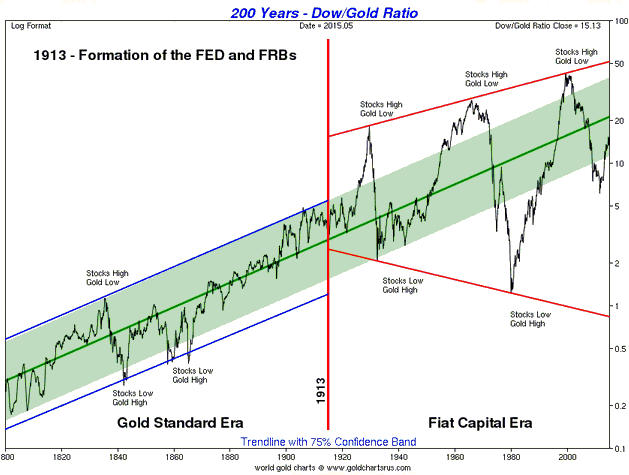(This post is an excerpt from a recent TSI commentary.)
The stock market is not a machine that assigns prices based on a calm and objective assessment of value. In fact, when it comes to value the stock market is totally clueless.
This reality is contrary to the way that many analysts portray the market. They talk about the stock market as if it were an all-seeing, all-knowing oracle, but if that were true then dramatic price adjustments would never occur. That such price adjustments occur quite often reflects the reality that the stock market is a manic-depressive mob that spends a lot of its time being either far too optimistic or far too pessimistic.
The stock market can aptly be viewed as an emotion pendulum — the further it swings in one direction the closer it comes to swinging back in the other direction. Unfortunately, there are no rigid benchmarks and we can never be sure in real time that the pendulum has swung as far in one direction as it is going to go. There’s always the possibility that it will swing a bit further.
Also, the swings in the pendulum are greatly amplified by the actions of the central bank. Due to the central bank’s manipulation of the money supply and interest rates, valuations are able to go much higher during the up-swings than would otherwise be possible. Since the size of the bust is usually proportional to the size of the preceding boom, this sets the stage for larger down-swings than would otherwise be possible.
The following monthly chart of the Dow/Gold ratio (from Sharelynx.com) clearly shows the increasing magnitude of the swings since the 1913 birth of the US Federal Reserve.
 Print This Post
Print This Post
